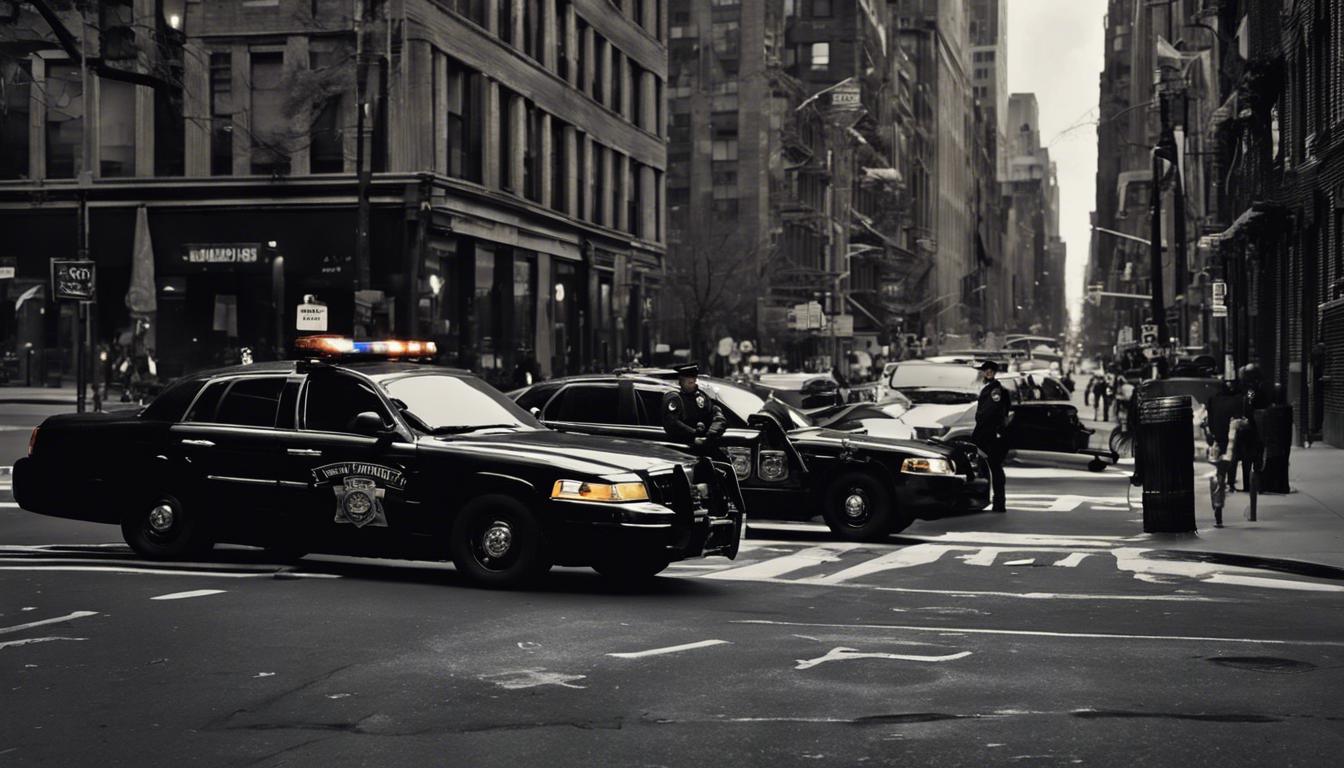Former President Donald Trump is set to attend the wake of NYPD Officer Jonathan Diller, highlighting his tough-on-crime stance in contrast to President Joe Biden’s policies, as Biden hosts a fundraiser with former presidents in New York.
Former President Donald Trump is scheduled to attend the wake of New York City police officer Jonathan Diller, who was fatally shot during a traffic stop in Queens. Officer Diller, 31, was killed below his bulletproof vest while confronting a suspect, leaving behind a wife and a 1-year-old son. The visitation for Officer Diller is set to take place in suburban Massapequa. This event coincides with President Joe Biden’s fundraiser in New York with former Presidents Bill Clinton and Barack Obama, an occasion Trump appears to be using to highlight his stance on crime contrasted with Biden’s policies.
During his presidential campaign, Trump has emphasized crime prevention and has been critical of Biden’s approach to law enforcement. While expressing his condolences to Diller’s family, Trump referred to the shooter as a “thug” and commented on the suspect’s prior arrests. This marks the first death of an NYC officer in the line of duty in two years. Trump’s visit underscores his tough-on-crime message, although details about whether he will speak at the wake remain undisclosed.
In a separate incident, Kansas man Denton Loudermill Jr is suing Republican US Congressman Tim Burchett for falsely identifying him as a shooter in a social media post following a mass shooting at the Kansas City Chiefs’ celebration parade. Loudermill, who has no connection to the incident, was briefly detained by police during the parade’s aftermath but was released without charges. Despite Burchett’s attempts to retract his statements, Loudermill has received death threats and suffered significant emotional distress, prompting him to seek $75,000 in damages for the misinformation spread by the congressman.
Burchett’s office has yet to comment on the lawsuit. Meanwhile, three individuals have been charged with second-degree murder in connection to the Kansas City parade shooting, with several juveniles facing separate charges. The lawsuit against Congressman Burchett underlines the impact of misinformation and the importance of responsible communication in mitigating the harmful consequences of false allegations.













